Category Archives: Neural Networks
25 Dec Myelin Sheath Function: Insulators
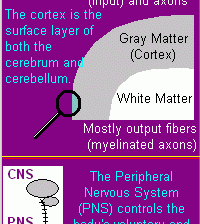
Glial Cells Gray matter / white matter… what really matters? Glial cells form a white myelin sheath around axons and function as the nervous system‘s supporting actors. They are more numerous than neurons – there are over 100 billion neuroglia, many wrapped around the efferent (output) fibers of each nerve cell. They support impulse conduction by […]
24 Dec Neuron Components and Cybernetics
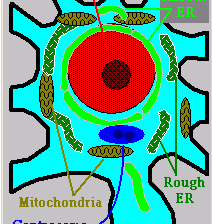
What About Cybernetics? The properties of subcellular neuron components, also known as organelles, are important to this research because they might contribute to the information acquisition, storage, accessing and maintenance systems of the brain. I plan to further discuss the reason for separating storage and maintenance in a post in the section on cognition. These […]
22 Dec Modeling Neural Interconnections
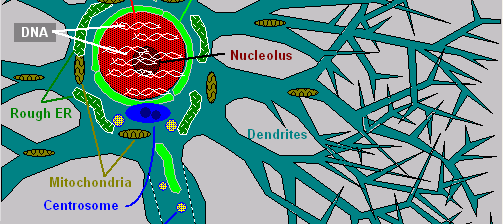
Neuron Branching The characteristic that distinguishes neurons from other types of cells is that they have things sticking out all over them. This phenomenon is called branching or arborization. While all cells are capable of sprouting appendages like cilia or dendrites, only some actually do. Cells that branch do so for specific reasons that are essential […]
07 Dec Probability of Understanding Meaning
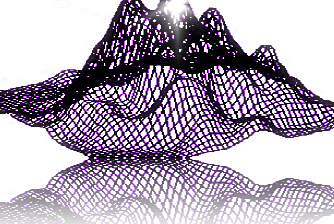
Some suggest that computers can achieve full language understanding capabilities using statistical models. Others argue that heuristics or programmatic interpretation that uses special procedures tailored to linguistic phenomena. The two camps are as far apart as ever. Consider the comments around this recent article on Tor.com. On the one side, Norvig demonstrates the validity […]
03 Dec Language Expressiveness

Expressiveness Human languages are eloquent vehicles for giving form to the motion of the human mind. They provide symbol-rich expressions for our thoughts and communications. Language is dynamic and defies circumscription. Yet, it is circumspect; it is also useful and extremely beautiful. To comprehend is to begin to capture that beauty. The expressiveness of language […]
01 Dec Robot Neurons: Analog versus Digital

Digital is basically black and white: 1 is yes and 0 is no or vice-versa. Yet our world is full of other colors. We can efficiently use digital devices to stretch arbitrary numbers of 1’s and 0’s together to represent a virtually infinite degree of possible values. Yet there are places where exactly two values may […]
15 Sep What is Inside Neurons?

Intracellular Structure of Neurons In earlier posts, we examined the brain, its areas, and the types of neurons that populate the different layers of some of the brain’s areas. In this post and more to follow, we will turn up the magnification and look a little deeper. What can be seen inside the cells? What […]
06 Sep Varieties of Neural Circuits in the Cerebellum
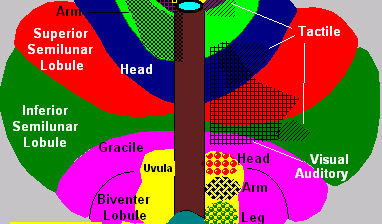
The Cerebellum In this post we explore the roles and varieties of neural circuits of the cerebellum in motor control and the maintenance of life-support systems. The layers of the cerebellum have different cell populations, and the types of cells have radically different forms. Three main points will be made today: the morphology of cells and layers […]
05 Sep Brain Form and Function
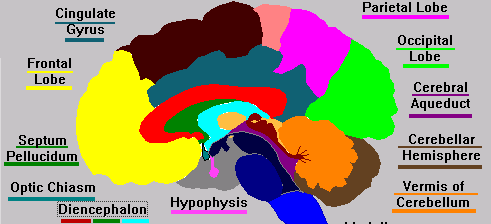
Functional Morphology I’ve addressed questions related to modeling form, function and process in an earlier post. Today’s post drills down in some specific areas to point out some important connections between form and function that could contribute to engineering systems that more accurately model the human brain. Paul Churchland suggests that many AI initiatives have […]
29 Aug Layers of Brain Complexity
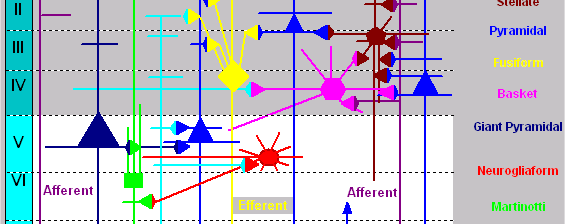
Hierarchy: A Structural Aspect of Thought The complexity of the cerebrum is necessitated by its function as the center of cognition. Before looking at cerebral structure, consider some of the functions of thought. Thinking involves accessing memory to find what perceived data is stored, what other data in memory it is associated with, and what is the […]




